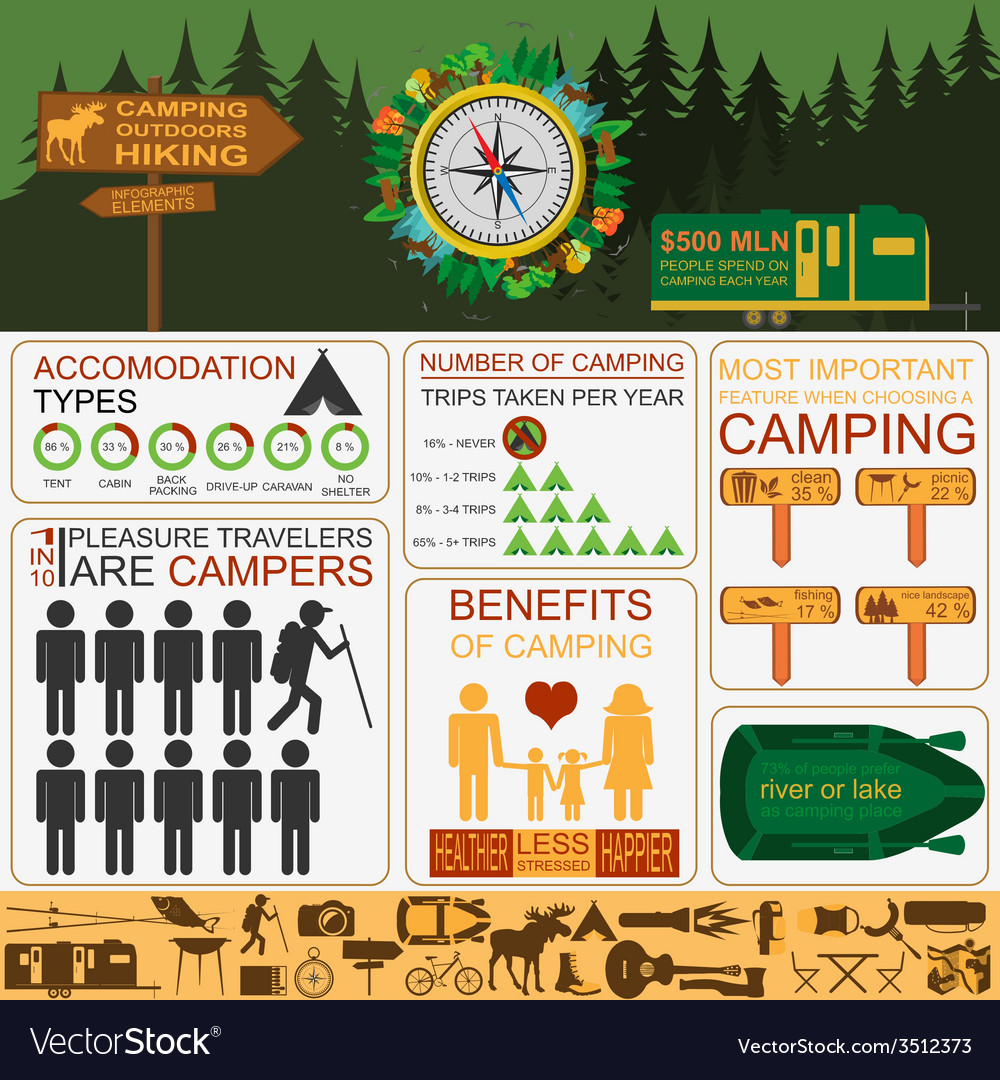How To Unlock The Global Market Selling Camping Tents
How To Unlock The Global Market Selling Camping Tents
Blog Article
Does Your Backpacking Tent Need an Impact?
An impact is pricey and includes added weight to your knapsack. It additionally isn't specifically sturdy.
How do you go camping at glamping?
Ultimately, whether or not a camping tent footprint is required depends upon where and exactly how typically you're camping. Generally, it's a great idea to utilize one if you camp on rough surfaces or in wet conditions.
Tents with Lower Deniers and Waterproof Ratings
Tents with lower deniers and water-proof rankings often tend to be lighter, yet they can additionally be extra breakable. They might call for even more regular repair services and have less interior space than tougher versions. If you're an informal backpacker that suches as to take a trip quick and light, this may be fine; nonetheless, even more knowledgeable walkers know that sacrificing resilience can feature large repercussions down the path.
The denier and waterproof ranking of an outdoor tents's cover, rainfly, and flooring can assist you determine its livability. Search for higher-denier materials on the canopy and rainfly, as well as taped joints that aid stop water from leaking with stitches. Some producers even use warmth and sealer during construction to create a more powerful joint; these are called welded seams.
The livability of an outdoor tents can additionally be figured out by its floor dimensions and ability. An outdoor tents's floor should be a little smaller sized than the footprint to prevent water from merging under the shelter.
Tents in Rough Surface
Lots of backpacking camping tents include an impact created particularly for their model, which aids make sure an appropriate fit and protects the outdoor tents's base from wetness and sharp items. Other suppliers offer universal impacts that can be cut or folded up to match a camping tent's dimensions.
The sort of terrain you'll encounter is one more essential factor to consider for selecting a tent. For example, if you'll be camping in a canyon or gully, search for a sanctuary that can deal with solid winds. These conditions develop turbulence that can make the difference in between enjoying your camping site or suffering pain.
The ability and peak elevation of a tent offer you a great concept of its livability, but added elements to consider consist of vestibules (the section of the rainfly covering the doors) and total storage area. As an example, during our winter months testing of the Marmot Tungsten, its charitable 93-by-82-inch floor easily managed four perspiring backpackers and their puffier shoulder season resting bags while still leaving sufficient area for equipment and people.
Camping Tents in Damp Conditions
Even if your tent shows up dry, wetness lurks in the spaces and canvas tents crannies. Over time, it can break down the fabric. That's why it's so crucial to take advantage of rest days to deep-clean your outdoor tents and its parts, such as zipper cellular linings, stake loopholes and adjustable webbing bands.
Also, make certain to pitch your tent in a level area, not a divot or concave place, so that ground water does not collect in between the outdoor tents floor and impact or tarp. And if you're utilizing a footprint, think about a custom-cut one designed for your camping tent's layout. It won't accumulate rainwater the method a common ground cloth or tarp can.
Technique setting up and removing your outdoor tents at home prior to you hit the trail, to get a feel for just how rapidly and successfully you can do it. Also, method surveying your tent in various surfaces to see how simple it is (or isn't) to do in bad climate condition.
Camping Tents in High-Rise Situations
Outdoors tents range in flooring dimension and livability. For example, a big outdoor tents with dual doors and vestibules like Marmot's Tungsten can manage four backpackers without requiring acrobatics to get in and out or to keep equipment.
The minimum trail weight spec is the most effective spec to compare versions, as it includes the bare essentials: camping tent body, rainfly and posts. But bear in mind that the specification leaves out tent stakes, person lines and things sacks.
Most backpacking camping tents can stand up to a light summer season storm, however some can be swept away by gale-force gusts. Seek a model with strong posts, an elevated bathtub-style floor and joint taping to lower the chance of water leaking with. Costlier layouts also have a tendency to include more powerful products that can resist the impact of debris and various other pressures.
How much wind can a tent take?
